Due to the enormous popularity of Champagne (and of less-expensive sparkling wines) on and around New Year’s Eve, the holiday season encourages plenty of mixologists — both professionals and amateurs — to focus on cocktails topped off with a hearty pour of bubbly. The classic French 75, a gin-based (or, sometimes, Cognac-based) libation with lemon juice, simple syrup, and sparkling wine, makes an elegant addition to a December cocktail fȇte, and if you’d like to try making them for yourself, these 8 fizzy wines work especially well in this context, according to expert bartenders.
G.H. Mumm “Cordon Rouge” Brut NV
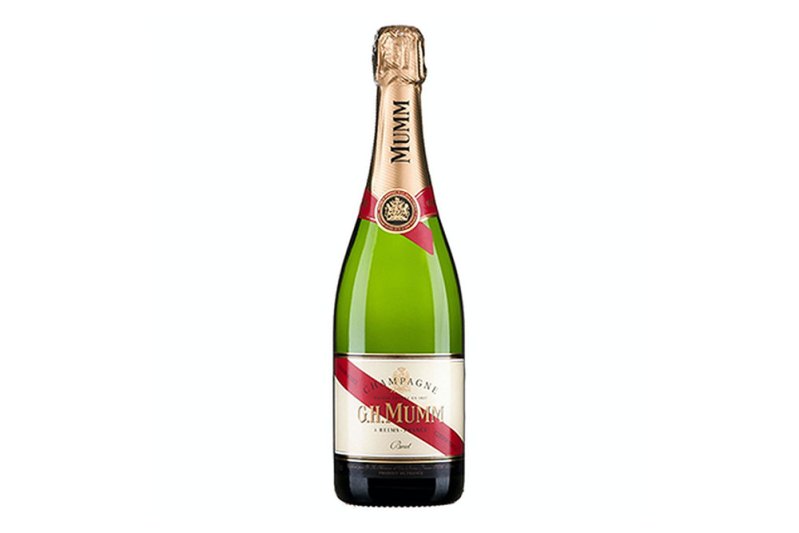
Developed in Paris and London in the late 1800s, the French 75 made its American debut in New Orleans, and one classic NOLA bar, Arnaud’s French 75, gives its namesake libation top billing on its impressive cocktail list. According to iconic bartender Chris Hannah, who developed Arnaud’s French 75’s award-winning cocktail program and now owns and operates the mega-trendy Jewel of the South in the French Quarter, the ideal Champagne for French 75-making is Mumm Cordon Rouge because “using a drier, ‘brut’ Champagne [like Mumm Cordon Rouge] adds more effervescence and less sweetness to an already-composed cocktail.”
Taittinger Brut “La Francaise” Brut NV
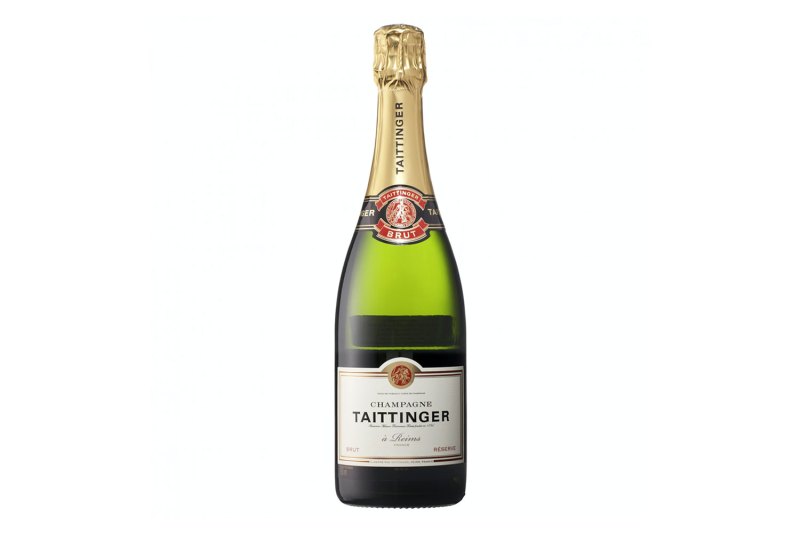
Non-vintage (“NV”) Champagnes often offer lower price tags than their year-specific counterparts, which can render them a more appealing option when choosing a Champagne to include in a cocktail. For this reason (among others), head bartender Ori Geshury of Aqua Vitae Institute in Philadelphia, PA uses the non-vintage Brut La Francaise expression from Champagne heritage house Taittinger in his French 75s. “The traditional ‘Champagne celebre’ of the literary 007, Taittinger has been exceptional since their revival around the turn of the century by the original family. The measured crisp citrus and flower notes position it as one of the great indulgent Champagnes, but [Brut La Francaise is] priced just low enough to entertain for this drink,” Geshury explains.
Perrier-Jouët Grand Brut Champagne NV
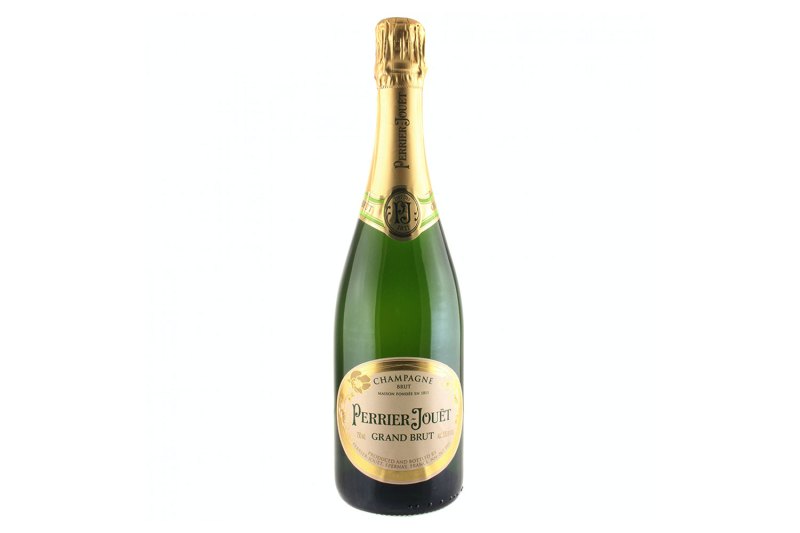
A lightweight Champagne with crisp fruit notes, Perrier-Jouët Grand Brut beautifully highlights the lemony attributes of the French 75. “I like to use Perrier-Jouët Grand Brut Champagne when I mix a French 75. Tons of Champagnes are loaded with bready and yeasty notes that don’t always work well in more fruit-forward cocktails like the French 75. Perrier-Jouët Grand Brut has tart green apple and pear flavors that really complement gin (or brandy, if you’re going old school),” insists beverage manager Drew Hairston of Dirty Habit in Washington, D.C.
Drappier “Carte d’Or” Brut NV
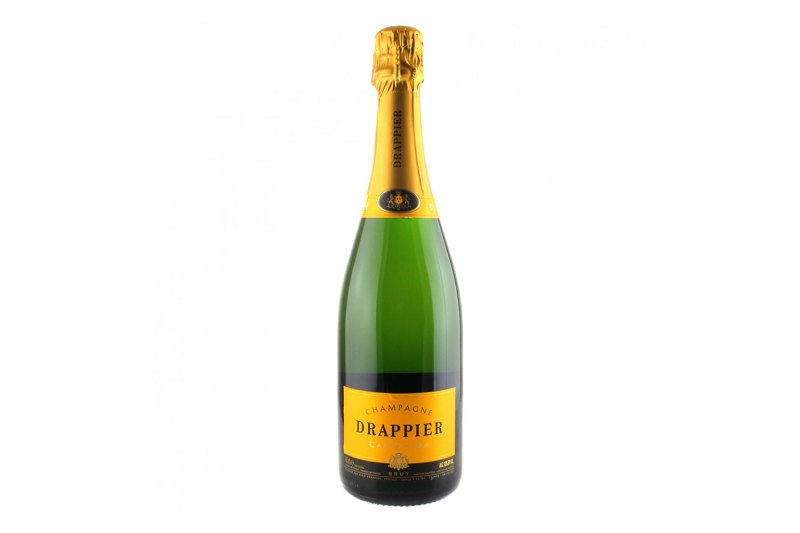
“As soon as you hear the pop and fizz of the Drappier Carte d’Or, you quickly realize why it fares well in a French 75. Immediately, you are engulfed with aromas of stone fruit and spice. Upon sipping the cocktail, you [taste] flavors such as ginger, honeycrisp apple, and cherry. The Drappier Carte d’Or offers a fine, aromatic richness that you’ll be eager to explore,” says beverage manager Kristy R. Cook of Central Kitchen + Bar in Detroit, MI of her chosen French 75 Champagne, a version made from a grape blend consisting of 80% Pinot Noir.
Charles de Fère “Cuvee Jean-Louis” Blanc de Blancs
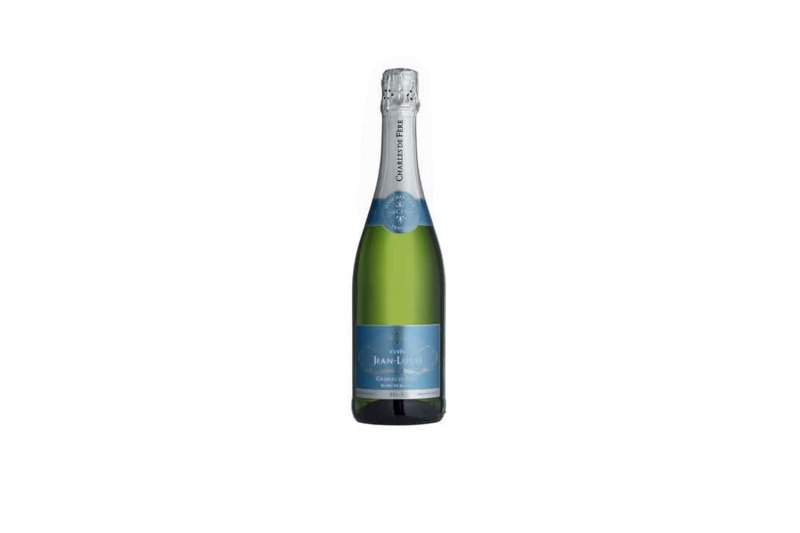
While a French 75 traditionally includes Champagne, a well-crafted sparkling wine of another style (and another geographic provenance) can also make a fantastic addition to this festive cocktail. For beverage director Brenton Sollenberger of Plough and The Exchange in Lancaster, PA, the ideal topper for a French 75 comes in the form of Charles de Fère Cuvee Jean-Louis, an easy-drinking Blanc de Blancs (a sparkling wine made entirely of white grapes, usually Chardonnay) made just outside the Champagne region. “Too often, people use whatever bubbles they have open to make sparkling cocktails like the French 75. With a little extra thought, though, you can choose a bottle that won’t break the bank and still has all the qualities of a true French sparkler. I like the Cuvee Jean-Louis by Charles de Fère. Clean, fresh and slightly fruity, the Jean-Louis is perfect for making the classic French 75,” Sollenberger tells The Manual.
Victorine de Chastenay Crémant de Bourgogne Brut NV
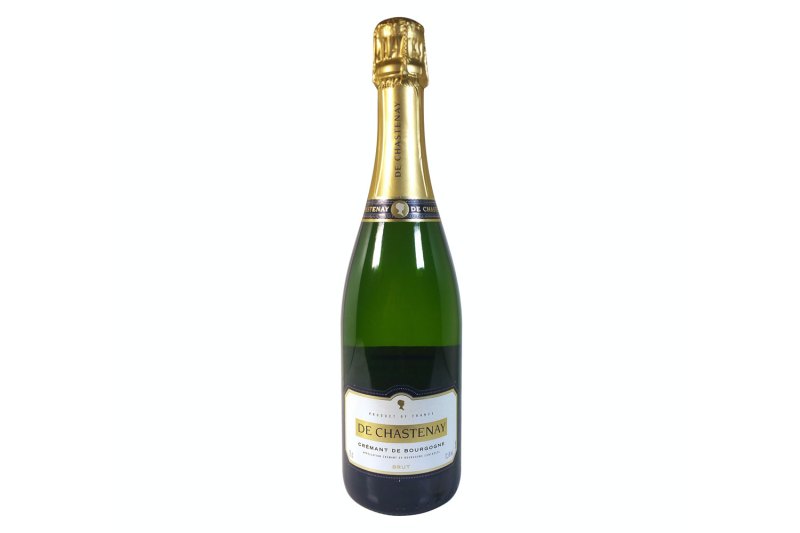
In order to receive designation as a Champagne, a sparkling wine must be made in the Champagne area of France, using a very specific vinification process. If a winemaker utilizes the Champagne process to create a sparkling release outside of this one particular region, the resulting wine is known as a Crémant. Shoppers in search of Champagne flavor without Champagne prices regularly seek out Crémants, and head bartender Cameron Shaw of Lot 15 in NYC particularly favors Victorine de Chastenay Crémant de Bourgogne Brut, a sparkling wine made in Burgundy. “If you step outside of Champagne, you’re able to get sparkling wines that are truly excellent without the name-brand mark-up, and Victorine de Chastenay makes a truly stunning Crémant de Bourgogne Brut. We use it at Lot 15 to give our French 75 a touch of the decadent toasted-brioche note that Champagne delivers, with an excellent core of acidity to keep the drink lively,” Shaw explains.
Domaine des Baumard Crémant de Loire “Carte Turquoise” Brut
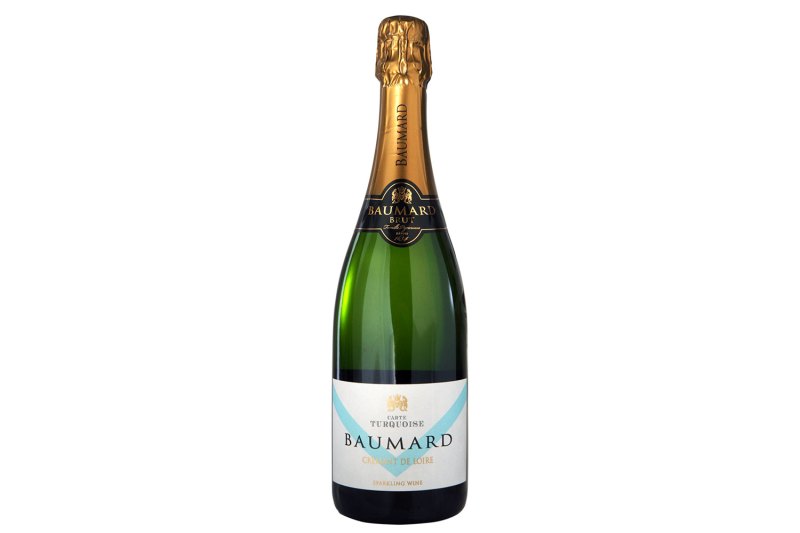
France’s Loire Valley also produces an impressive assortment of sparkling wines, and wine experts especially appreciate the flavorful and cocktail-friendly Crémants made in this region. Assistant general manager Gary Mullis of Foxcroft Wine Co. in Charlotte, NC enjoys Domaine des Baumard Crémant de Loire Carte Turquoise in French 75s because “the elegant profile of this Crémant complements the citrus and botanical nature of a classic 75 cocktail.”
Cava Flama d’Or Brut
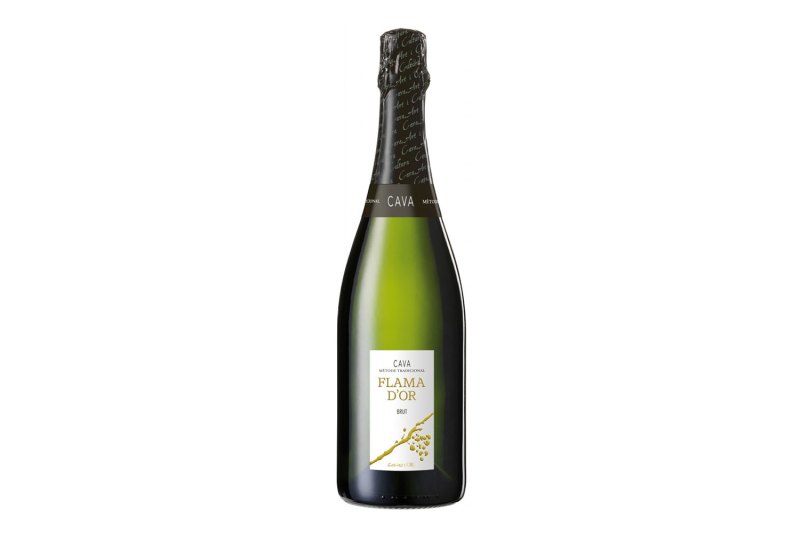
If you’d like to try a French 75 sparkler made outside of Gallic territory, Spain’s signature bubbly, also known as Cava, provides the clean flavor profile and appealing fizz necessary for this cocktail. “When it comes to bubbles in a French 75, stick with a Spanish Cava,” recommends lead bartender Brandon Lockman of Red Star Tavern in Portland, OR. “I use Flama d’Or Brut because it’s dry, but doesn’t interfere with the other ingredients. It’s more to add effervescence and act like a stretching agent.”



